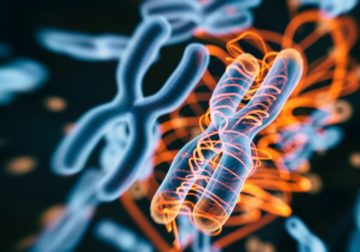Dan Robitzski in The Scientist:
 Scientists have developed a new line of stem cells—all derived from the same person—that can be used to study sex differences without the confounds of interpersonal genetic differences.
Scientists have developed a new line of stem cells—all derived from the same person—that can be used to study sex differences without the confounds of interpersonal genetic differences.
…To develop such a model, the team obtained cells from a repository that had been taken from someone with an unusual case of Klinefelter syndrome, a rare genetic condition that affects roughly 1 in 500 boys in which they’re born with an extra copy of the X chromosome, resulting in an XXY genetic makeup. What made this person even more unusual—and ideal for Reubinoff’s vision—is that, in addition to the 47XXY cells characteristic of the condition, they also had a large number of 46XY cells, a phenomenon known as a mosaic phenotype. As the study, published on November 24 in Stem Cell Reports, describes, the variety of cells taken from the Klinefelter patient allowed the team to generate 46XX, 46XY, 45X0, and 47XXY hiPSCs that are otherwise genetically identical. This means that any observable differences among them—related, for example, to disease risk factors or response to a pharmaceutical—can almost definitely be attributed to genetic sex differences.
“When you study individuals, and you compare males to females and you find differences, you cannot differentiate whether they stem from the chromosomal differences or hormonal differences,” Reubinoff explains. “This model is unique because it allows you to differentiate between chromosomal effects and hormonal effects.”
More here.
